The Vancouver Maritime Museum has an extensive collection of maritime art, photography and interactive displays that provide visitors with a fascinating glimpse into the city’s rich nautical history.
This small hidden treasure is guaranteed to have something for visitors of all ages, be they salty old mariners or land lubbers a like.
So let’s set sail on this epic visitor’s guide!
Vancouver Maritime Museum
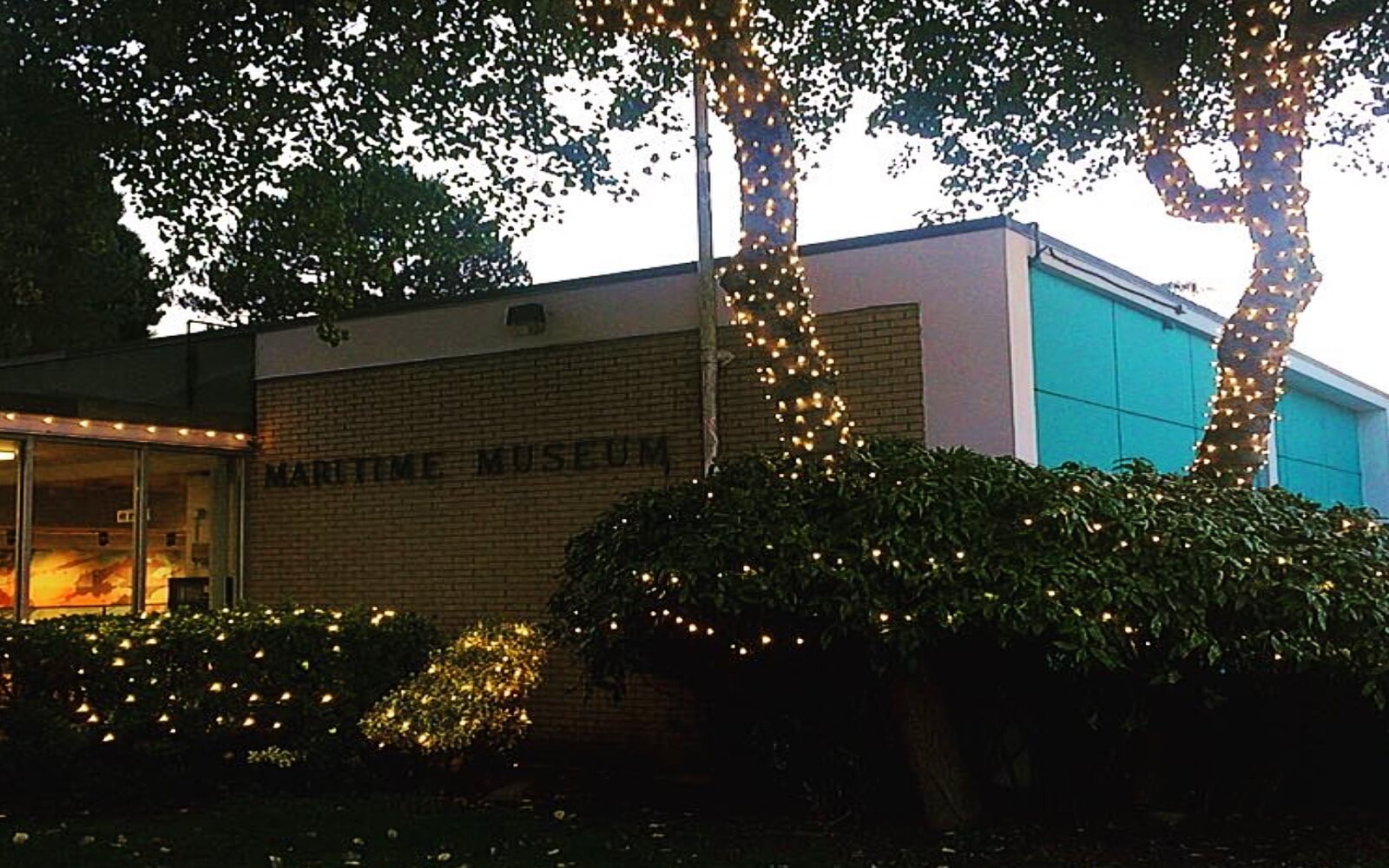
Vancouver is a city whose past, present, and future are intimately connected to the sea.
It goes without saying that the city should have a museum exclusively dedicated to this niche.
Enter one of Vancouver’s best museums – the Vancouver Maritime Museum, a non-profit entity operated by the Maritime Museum Society with the goal of preserving and telling the nautical history of Canada’s Pacific-Northwest and Arctic regions.
The museum has a variety of indoor and outdoor exhibits that aim to tell the amazing stories of the people, vessels and places that have helped shape Vancouver into the city it is today.
In total the museum contains over 10,000 objects (navigational tools, charts, uniforms etc.) and 100,000 images that demonstrate Vancouver’s deep connection to the sea.
In addition, there is always a rotating cast of temporary exhibits on offer. So make sure to check out the Maritime Museum website to see what’s on when you plan to visit.
Vancouver Maritime Museum Exhibits
The Maritime Museum features an extensive collection of over 15,000 maritime artifacts and 100,000 images and documents dispersed throughout the facility.
Here’s an overview of the main attractions that have made this small museum one of Vancouver’s best kept secrets.
St. Roch Historic Site
In what is likely the museum highlight, visitors to the Maritime Museum have the opportunity to explore the cabin and walk the decks of the historic St. Roch.
This legendary vessel became the first ship to traverse the Northwest Passage in 1942. Subsequent to this amazing feat, it later became the first ship to circumnavigate North America.
The St. Roch was built in British Columbia of Australian Eucalyptus, one of the hardest woods on earth. As a result, it was one of the only ships capable of serving in Canada’s North during the first half of the twentieth century.
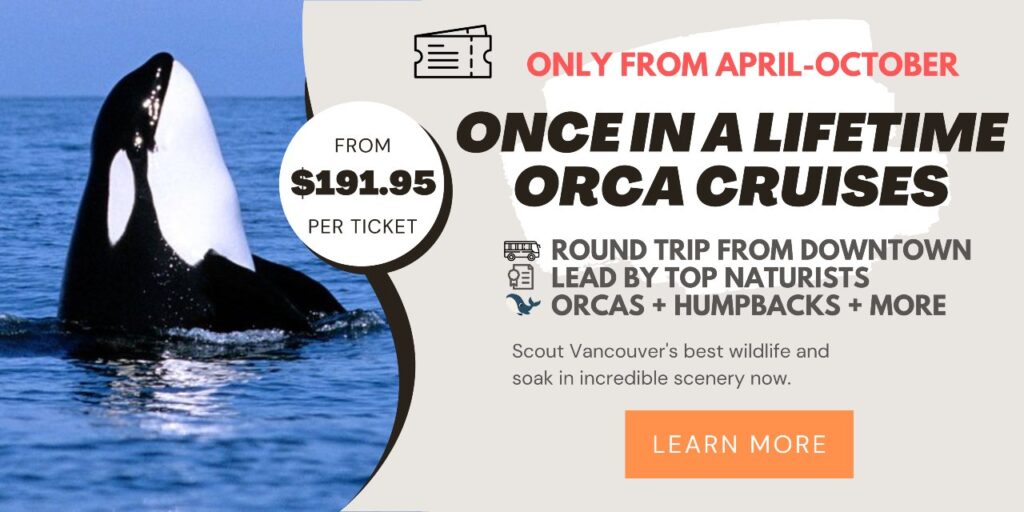
This made it critically important as a supply ship for Canada’s most remote communities.
Museum staff provides visitors with a quick 10-15 minute presentation on the history of the vessel. If you’ve timed your visit right, you may also be able to catch a 30-35 minute film, before jumping aboard for a casual self-guided tour.
Walk through the wheelhouse and crew quarters or even take the helm of this unique piece of Canadian history.
Then take a moment to imagine how it survived some of the most treacherous waters on earth long before the invention of GPS and modern navigational equipment.
Related: Best Vancouver Sightseeing Tours
The Franklin Exploration
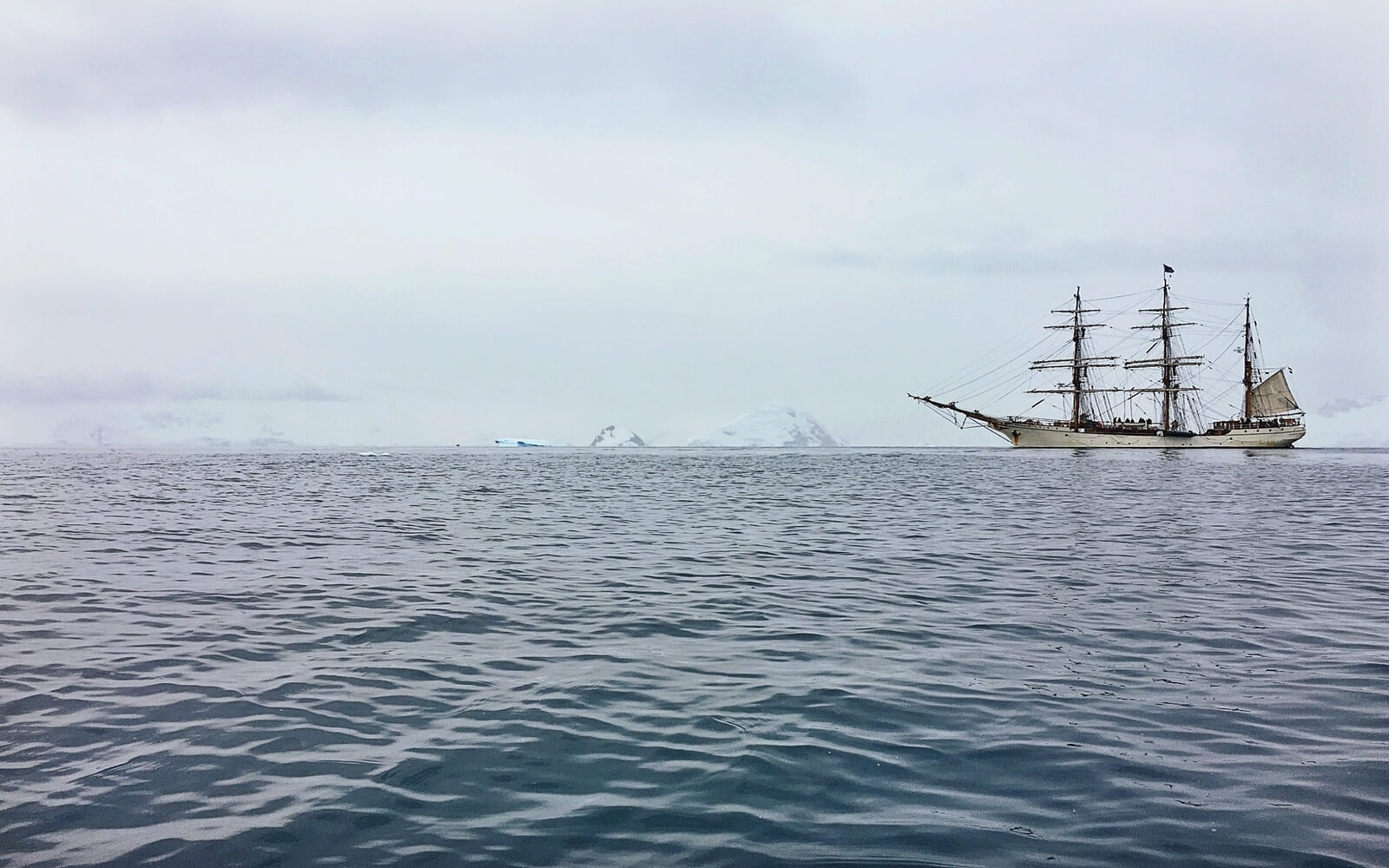
To provide additional context to your visit to the St. Roch, be sure to check out the Franklin Exploration. This exhibit documents an historic Arctic expedition that ended in tragedy.
In 1845, Sir John Franklin embarked on a voyage through Canada’s North with two ships; the HMS Erbabus and the HMS Terror. The trip was to be the most extensive Arctic expedition ever undertaken, with its 134 crew members tasked with finding the yet undiscovered Northwest Passage.
However, after three years the ships had failed to return to port. This led to a succession of search parties that would ultimately prove unsuccessful.
The story captured the imagination of the public and inspired musicians and writers for decades to come. This fascination was reignited with the discovery of the wreckage of the HMS Erabus in 2014, and the HMS Terror two years later.
The fully interactive pop up display at the Maritime Museum manages to place the voyage in its proper historical context. This allows visitors to imagine what life, and ultimately death, would have been like for these brave explorers.
Related: Best Vancouver Boat Tours
The Ben Franklin
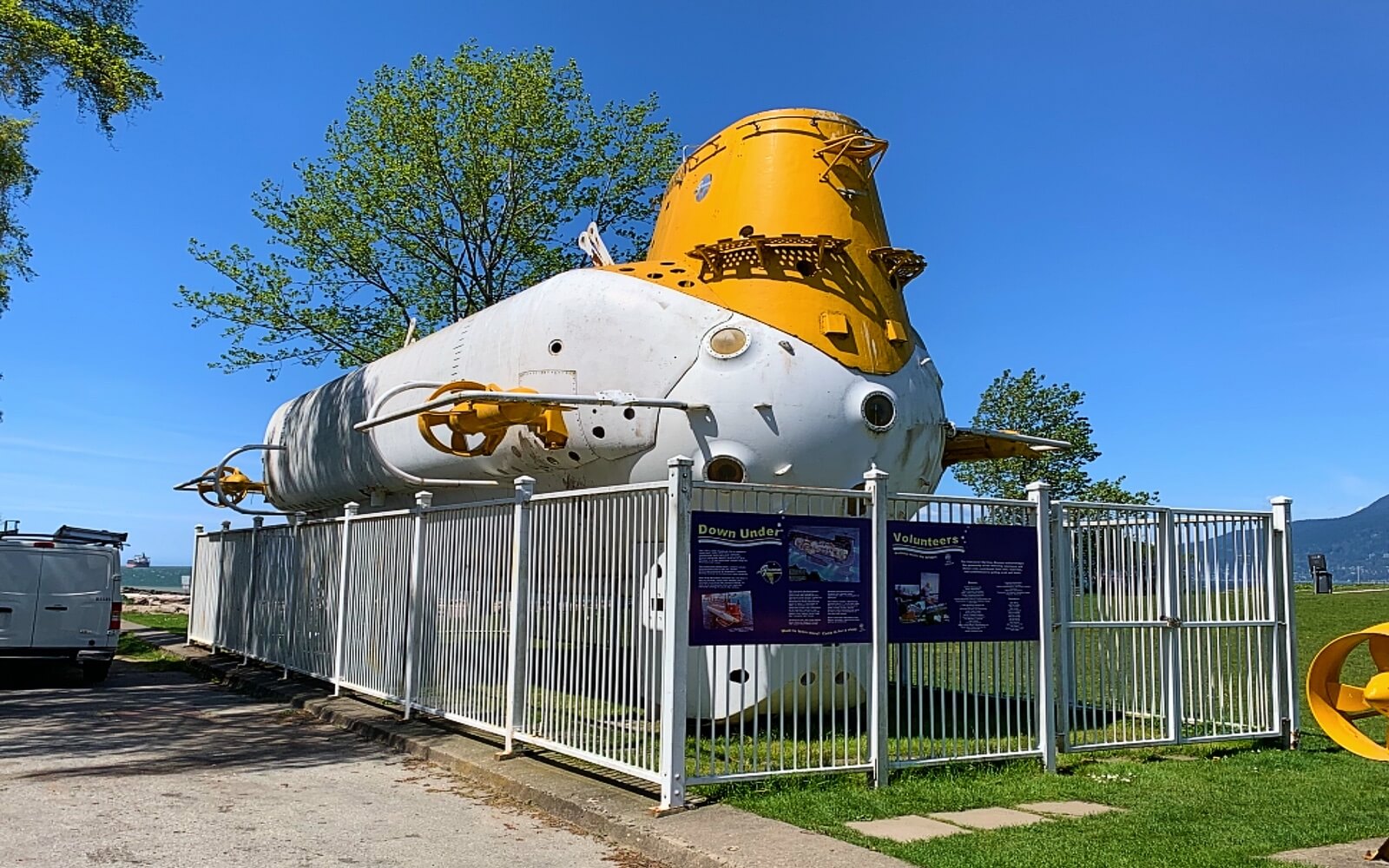
Fans of the Beatles will be thrilled to know that the Vancouver Maritime Museum is home to it’s very own yellow submarine!
Built by famed oceanographer Jacques Picard, the Ben Franklin is a submersible vehicle that was used to descend to the depths of the Marianas Trench, the world’s deepest point at an amazing 35,797 feet below sea level.
While investigating the seabed and interacting with previously unseen sea life, the 17,000 psi of pressure cracked the viewing windows and the vehicle sprung a leak! Luckily the scientists were able to surface and lived to tell the tale.
Capable of sleeping 6 crew, the Ben Franklin was able to stay submerged for weeks at a time. This triggered the interest of NASA, who studied the psychological impact of crew members living together in such close quarters for the nascent space program of the 1960’s.
Visitors will get a first hand look at the shockingly tight quarters, where the crew would live for trips of up to two weeks at a time, all in the interest of science.
The Children’s Maritime Discovery Centre
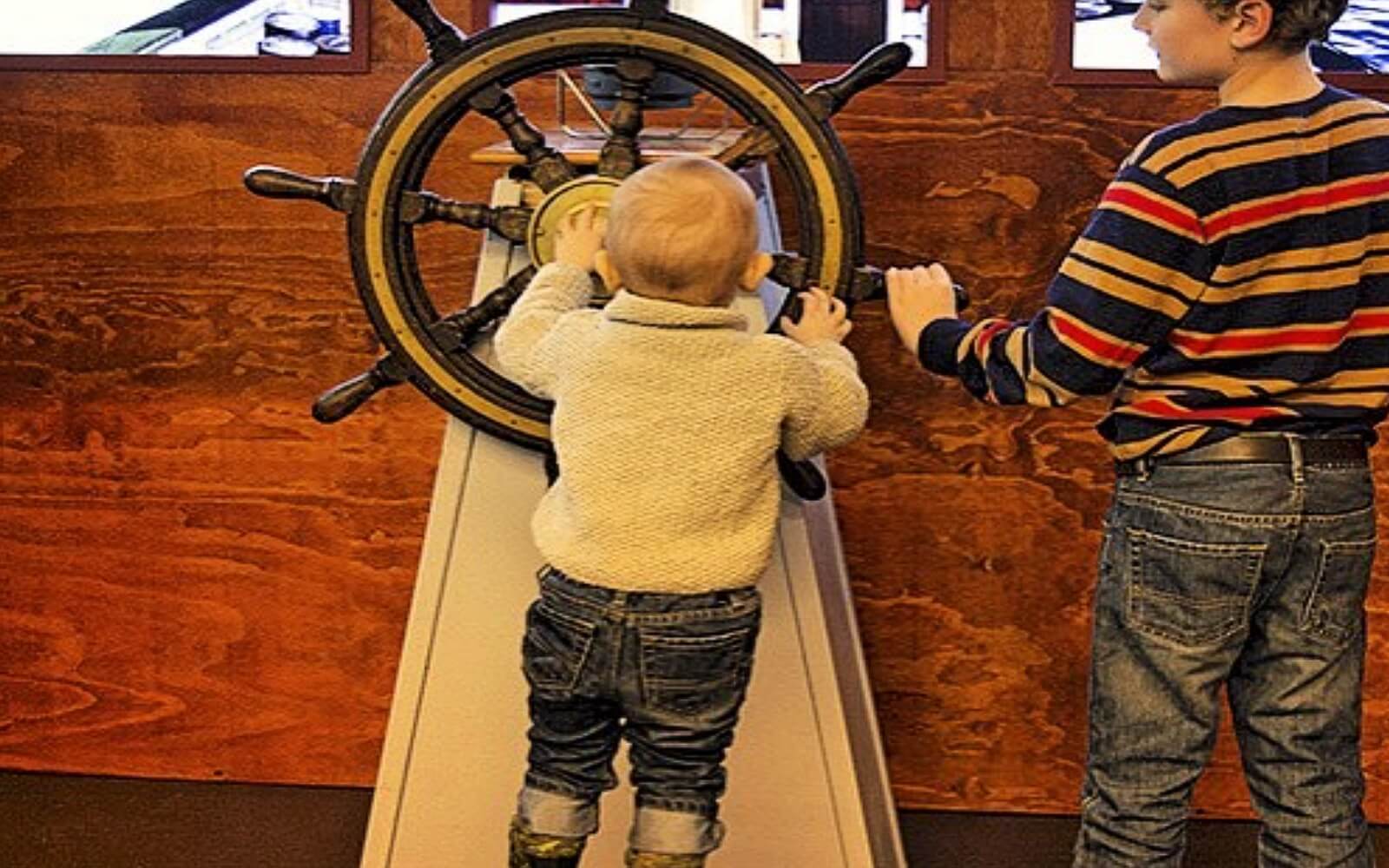
Of particular interest to children and families will be the Maritime Discovery Centre. This fully interactive display allows children to embrace their inner sailor.
Watch them man the helm in a full scale model of a tug boat wheelhouse, operate an ROV Submersible vessel or glance through a telescope at the vessels in scenic English Bay.
The exhibit comes complete with an array of costumes, games, puzzles and even the chance to try on a old-fashioned diving helmet!
The Maritime Discovery Centre is proof positive that the Maritime Museum goes out of its way to satisfy the needs of both adults and children, which isn’t always an easy task.
Heritage Harbour

Located outdoors on the shores of False Creek, Heritage Harbour is comprised of an array of privately owned classic and heritage vessels.
You’ll be granted the rare opportunity to check out the vessels up close. Maybe you can even chat with some of the owners or crew to learn a little more about the unique history of each vessel.
Heritage Harbour is also the location of the Maritime Museum Station of the False Creek Ferries. So if you choose to visit the VMM via the sparkling waters of False Creek, it’ll serve as your introduction to the museum.
After all, what better way to visit a Maritime Museum than by boat?
Vancouver Maritime Museum Tickets
The cost of entry for the Maritime Museum is listed below:
- Adults: $13.50
- Students/Seniors: $11.00
- Youth (6-18): $10.00
- Families: $38.00
*Children 5 and under are free
**The family rate includes 2 adults and up to 4 children
Already have a date in mind? You can book in advance using the calendar below:
How to Get to the Vancouver Maritime Museum
Address: 1905 Ogden Avenue
The Vancouver Maritime Museum is located a short distance from Downtown Vancouver in Vanier Park, in the neighbourhood of Kitsilano.
Unfortunately, the museum is not located near a Skytrain station. Nevertheless, it is easily accessible via the #2 and #32 buses, the False Creek Ferries and The Seawall.
The directions using each modality are listed below:
Transit
The Maritime Museum can be easily reached via the #2 Macdonald or #32 Dunbar buses, which can be boarded on Burrard Street in Downtown Vancouver.
- Find a bus stop located along the Westside of Burrard Street in Downtown Vancouver. Board the #2 Macdonald or #32 Dunbar bus and pay your fare ($3.00 or $2.40 using a Compass Card).
- Stay aboard the bus until it crosses the Burrard Street Bridge and reaches the intersection of Cornwall Avenue and Cypress Street. The journey should take 10-15 minutes depending on traffic.
- Walk back in the direction from which you came for a block until you reach Chestnut Street.
- Take a left on Chestnut and follow it for around 700 metres until you reach Ogden Avenue. Continue across the street past Hadden Park and you will see the Maritime Museum on your left.
For more information on Vancouver’s transit system visit our Vancouver Public Transportation user guide.
For schedules visit the Translink website.

Driving
If you opt to drive, the Maritime Museum is just a ten minute journey across the Burrard Street Bridge from Downtown Vancouver.
Simply click on Google Maps to find your way to your destination.
Vancouver Maritime Museum Parking
There is a sizeable parking lot located adjacent to the Maritime Museum. The prices are as follows:
- $3.00 per hour
- $11.00 all day (6:00 am – 6:00 pm)
- $7.25 (6:00 pm – 1:00 am)
False Creek Ferries
There are two companies who offer commuter ferry service to a variety of locations throughout the False Creek area.
They are a perfect way for visitors to travel between Downtown and the area’s numerous attractions, including Granville Island, Science World, Yaletown and of course the Maritime Museum.
Turn an otherwise mundane car or bus ride into a scenic ocean cruise with breathtaking views of Vancouver’s scenic urban waterway.
Make sure you select the False Creek Ferries as the competing Aquabus service does not service the Maritime Museum stop.
- Locate a stop servicing Route 4 of the False Creek Ferries. These include the Aquatic Centre (located in the West-End) and Granville Island.
- Purchase your ticket for the Maritime Museum Station ($4.50 or $7.50 return for adults).
- Enjoy your ride until you reach Maritime Museum Station.
- Upon exiting the station proceed up the path for around 100 meters through Hadden Park until you see the Maritime Museum on your right.
For schedules and more information head over to the False Creek Ferries website.
Seawall
Another popular way to reach the Maritime museum is via the famous Vancouver Seawall, which is the world’s longest uninterrupted urban waterfront path.
This pathway extends from the Vancouver Convention Centre in the city’s downtown to Spanish Banks Park near UBC. This takes it right through Vanier Park, making it a fantastic alternative for visitors who’d like to get a little exercise on the way to the museum.
If you already happen to be visiting Granville Island, the Maritime Museum is only a 15-20 minute walk or a short bike ride along False Creek. This journey will afford you fantastic views of English Bay, the North Shore Mountains and the Vancouver skyline.
Vancouver Maritime Museum Hours
The Maritime Museum is open 7 days a week with extended hours on Thursday.
- Daily: 10:00 am – 5:00 pm
- Thursday: 10:00 am – 8:00 pm
We’d recommend allotting about 2 hours for your visit to the VMM.
Vancouver Maritime Museum Visitor Tips
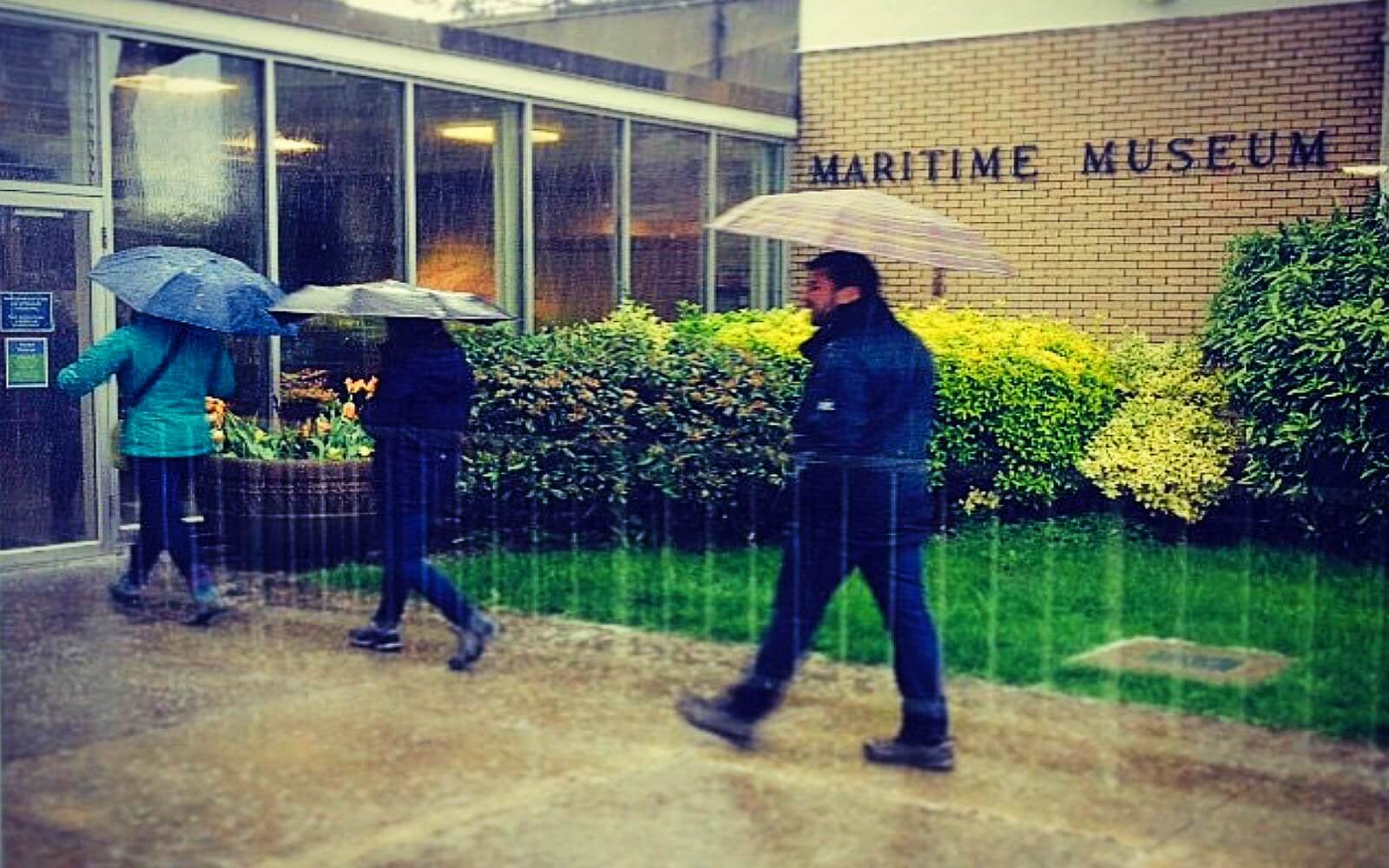
1) Check out the St. Roch
Undoubtedly the highlight for most visitors, the historic St. Roch is located in dry dock right inside the museum! This provides visitors with a full view of the ship’s hull before they jump aboard.
Try to time your visit in order to catch the informative film to place your visit into it’s proper historical context. Be sure to ask at the front desk for show times, as unfortunately they aren’t posted online.
2) Be aware of the rotating exhibits
In addition to the permanent exhibits, there is also a variety of rotating or seasonal exhibits on offer.
Topics recently covered include; the formation of Greenpeace, the confiscation of Japanese-Canadian owned fishing boats during World War 2 and the history of the Royal Canadian Navy on the West coast.
To see what is on while you are in town visit the Maritime Museum website.
3) Visit via False Creek
There is no better way to visit the Maritime Museum than via the False Creek Ferries.
They are quick, efficient and well connected to downtown and all False Creek’s major attractions.
4) Enjoy the Surrounding Seawall
If you’re visiting on a sunny day be sure to take advantage of the Maritime Museum’s convenient location along the world-famous Seawall.
The museum is located a short walk from Granville Island and is located just 400 meters from Kitsilano Beach, which includes a sandy beach and the city’s largest outdoor swimming pool.
If you’re hungry, most Vancouver beaches house a number of concessions and Kits Beach in particular has a spectacular seafood restaurant: the Boathouse Kitsilano.
These will be your closest food choices, as unfortunately the museum lacks a viable option.
For more information check out our Granville Island visitor guide.
Vancouver Maritime Museum FAQ
1) Where is the Vancouver Maritime Museum located?
The Vancouver Maritime Museum is located at 1905 Ogden Avenue beside Vanier Park in Vancouver’s Kitsilano neighbourhood.
2) How much is entry to the Vancouver Maritime Museum?
Entry to the Vancouver Maritime Museum costs; $13.50 for adults, $11.00 for students and seniors, $10.00 for youth (6-12) and $38.00 for families (2 adults+ up to 4 children).
Children under 5 are free.
3) When is the Vancouver Maritime Museum open?
The Vancouver Maritime Museum is open from 10:00 am to 5:00 pm daily, 7 days a week.
On Thursdays there are extended hours during which the museum is open from 10:00 am to 8:00 pm.
4) What is the St. Roch?
The St. Roch was a RCMP schooner used as a supply ship in the Canadian Arctic between 1928 and 1954.
The vessel was the the first ship to traverse the Northwest passage in both directions and also the first to circumnavigate North America.
Don’t Abandon Ship Yet
If there’s anything that I’ve missed don’t be afraid to ask in the comments below or on our Facebook page.
I’ll get back to you ASAP about anything Vancouver-related.
Fair winds and a following sea 😉

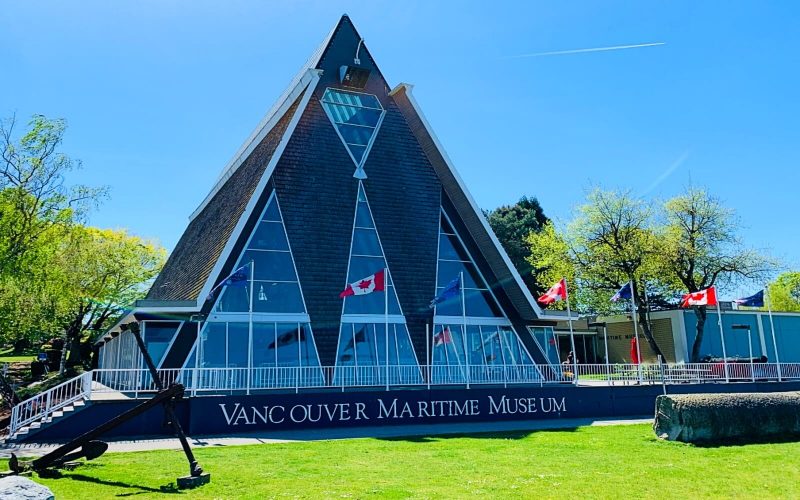

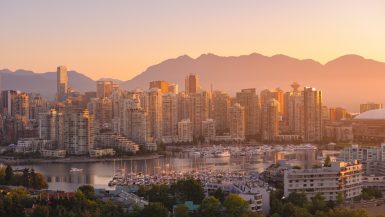

Leave a reply